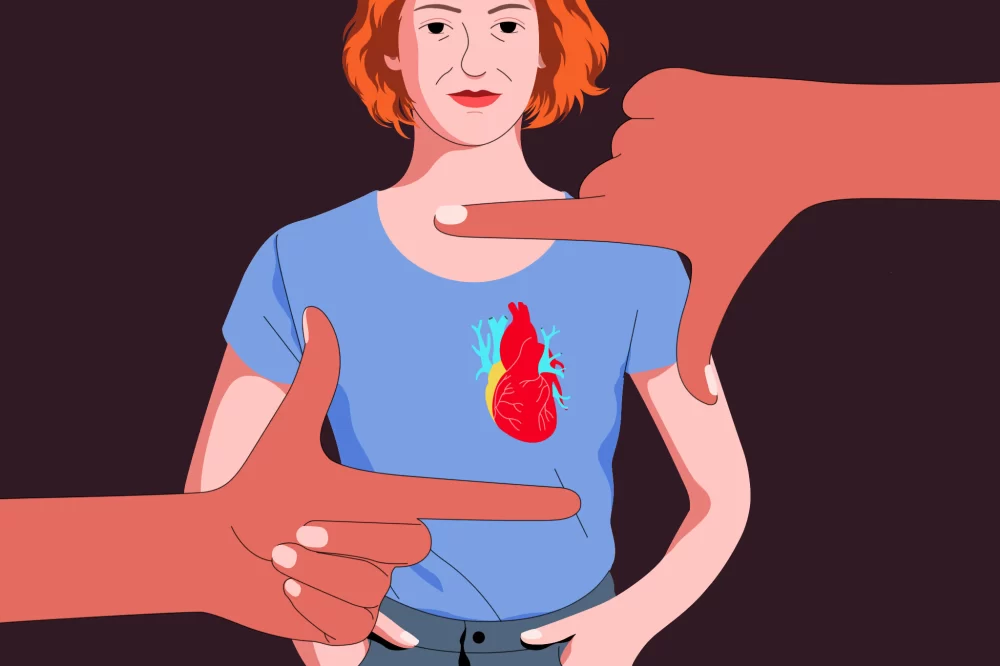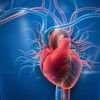How to Recognize and Treat Heart Disease in Women
- Understanding Heart Disease in Women
- Symptoms of Heart Disease in Women
- Treatment Options for Heart Disease in Women
- Real-Life Case Study: A Woman’s Journey with Heart Disease
- Prevention Tips for Heart Disease in Women
Understanding Heart Disease in Women
Heart disease in women is often under-recognized and under-treated, but it is a leading cause of death among women worldwide. It’s important to understand how heart disease affects women differently compared to men. Women tend to develop heart disease later in life, but their symptoms may be subtler and less recognized. While the common risks such as high cholesterol, high blood pressure, and diabetes are shared between both genders, women also face additional risks due to hormonal changes, pregnancy complications, and even the stress of caregiving roles.
Symptoms of Heart Disease in Women
Women often experience heart disease symptoms differently than men. While chest pain is a common symptom in both genders, women are more likely to experience atypical symptoms such as nausea, shortness of breath, fatigue, and pain in the back, shoulders, or jaw. These symptoms are often dismissed as stress or anxiety, but they can be signs of a heart attack. A woman’s symptoms may also be misdiagnosed as anxiety or a digestive issue. Early recognition is crucial to get the right treatment on time.
Treatment Options for Heart Disease in Women
Treating heart disease in women involves a combination of lifestyle changes, medications, and sometimes surgical interventions. Medications such as aspirin, beta-blockers, and statins are common treatments to manage heart disease. In more severe cases, procedures such as angioplasty or bypass surgery may be necessary. However, a holistic approach is essential for women, focusing on stress management, healthy eating, and regular exercise. Women who are at higher risk due to family history or pregnancy complications should work closely with their healthcare providers to design a personalized treatment plan.
Real-Life Case Study: A Woman’s Journey with Heart Disease
Let’s take the story of Sarah, a 52-year-old woman who was initially dismissed by her doctor when she reported fatigue and discomfort in her chest. Sarah thought it was just stress from work, but after persistent symptoms, she pushed for further tests. It turned out that she had a blocked artery, and she was immediately placed on a regimen of medications to stabilize her condition. Today, Sarah leads a healthier lifestyle with exercise, a heart-healthy diet, and regular checkups with her cardiologist. Sarah’s story shows how women’s symptoms can be overlooked, and how vital it is to trust your body and advocate for your health.
Prevention Tips for Heart Disease in Women
Prevention is always better than treatment. Women can significantly reduce their risk of heart disease by making a few simple lifestyle changes. Regular physical activity, a balanced diet rich in fruits, vegetables, and whole grains, and maintaining a healthy weight can make a huge difference. It’s also essential to manage stress and get enough sleep, as both can negatively impact heart health. Women who have diabetes, high blood pressure, or high cholesterol should work with their healthcare providers to manage these conditions and lower their heart disease risk. Additionally, regular screenings for heart disease and cardiovascular health can help detect potential issues early, making treatment more effective.
If you’re concerned about heart disease and want to take action, consider checking out our range of heart-healthy supplements and lifestyle programs. Taking proactive steps today could help you lead a longer, healthier life.





















